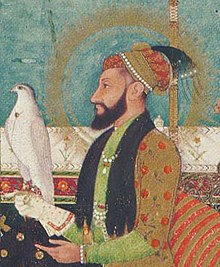Historical Evolution of Hyderabad
From Qutb Shahi Dynasty to Modern Metropolis
Introduction
Hyderabad, often referred to as the “City of Pearls,” is a city with a rich tapestry of history, culture, and architectural splendor. Its evolution from a strategic stronghold to a thriving modern metropolis is a fascinating journey that spans over four centuries. This article explores the historical evolution of Hyderabad, highlighting key periods and events that have shaped its identity.
The Qutb Shahi Dynasty (1518-1687)

Foundation and Early Development
Sultan Quli Qutb-ul-Mulk: The Qutb Shahi dynasty was established by Sultan Quli Qutb-ul-Mulk in 1518. Originally a governor under the Bahmani Sultanate, he declared independence and founded the Qutb Shahi dynasty, making Golconda its capital.
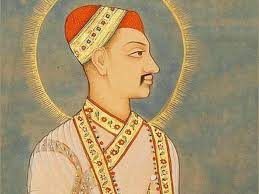
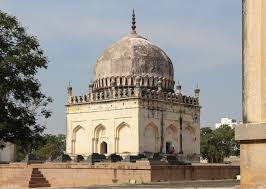
Golconda Fort: The fortified city of Golconda became a hub for trade, especially in diamonds and pearls, attracting merchants from around the world.

Establishment of Hyderabad
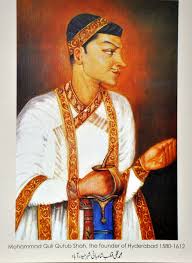
Muhammad Quli Qutb Shah: In 1591, Sultan Muhammad Quli Qutb Shah, the fifth ruler of the dynasty, founded the city of Hyderabad on the banks of the Musi River. The city was named in honor of his beloved, Bhagmati, who later converted to Islam and took the name Hyder Mahal.
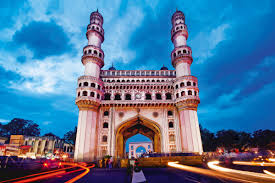
Charminar: The iconic Charminar was constructed in 1591, symbolizing the city’s foundation. It became a centerpiece of Hyderabad, representing the blend of Persian and Indian architectural styles.
The Mughal Era (1687-1724)
Annexation by the Mughals:
Aurangzeb’s Conquest: In 1687, the Mughal Emperor Aurangzeb conquered Golconda and annexed it into the Mughal Empire. This marked the end of the Qutb Shahi dynasty and the beginning of Mughal rule in the region.
Administration: Hyderabad became a provincial capital under the Mughals, integrating into the larger imperial framework. However, it retained its cultural significance and continued to flourish as a center of trade and culture.
The Asaf Jahi Dynasty (1724-1948)
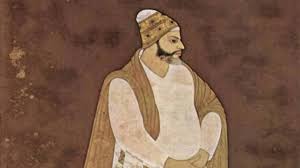
Foundation of the Asaf Jahi Dynasty
Asaf Jah I: In 1724, Nizam-ul-Mulk Asaf Jah I, a former Mughal governor, declared independence and established the Asaf Jahi dynasty. He was granted the title of Nizam and laid the foundation for the modern state of Hyderabad.
Development and Prosperity: The Nizams were instrumental in modernizing the city, developing infrastructure, and patronizing arts and education. They built numerous palaces, public buildings, and educational institutions.
Also Read : TARAMATI BARADARI
Hyderabad under the Nizams
Economic Growth: Hyderabad thrived as a princely state under British suzerainty. The city became known for its wealth, pearls, and diamonds.
Architectural Landmarks: Significant buildings from this period include Chowmahalla Palace, Falaknuma Palace, and the Mecca Masjid. These structures reflect a blend of Islamic, Persian, and European architectural influences.
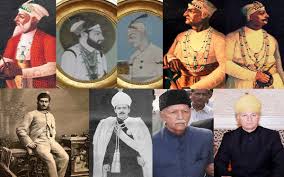
Post-Independence Era (1948-Present)
Integration into India:
- Operation Polo: In 1948, after India gained independence, the Indian government launched Operation Polo to integrate Hyderabad into the Indian Union. The Nizam’s rule ended, and Hyderabad became part of the Indian state.
- State Formation: Initially, Hyderabad was a part of the state of Andhra Pradesh. In 2014, Telangana was carved out of Andhra Pradesh, with Hyderabad as its capital.
Modern Hyderabad:
- Technological Hub: Today, Hyderabad is a major IT hub, often referred to as “Cyberabad.” The city hosts numerous tech companies and research institutions, including HITEC City and the Genome Valley.
- Cultural and Educational Center: The city continues to be a center for education and culture, with institutions like Osmania University, University of Hyderabad, and cultural landmarks like the Salar Jung Museum and Shilparamam.

Urban Development:
- Infrastructure and Growth: Hyderabad has seen significant urban development, with a focus on improving infrastructure, transportation (e.g., Hyderabad Metro), and public amenities.
- Balancing Heritage and Modernity: Efforts have been made to preserve the city’s historical landmarks while accommodating rapid modernization and growth.
Hyderabad’s journey from the Qutb Shahi dynasty to a modern metropolis is a testament to its resilience and adaptability. The city seamlessly blends its historical heritage with contemporary advancements, making it a unique and vibrant place. As Hyderabad continues to grow and evolve, it remains a symbol of cultural richness and historical significance.(PHN)


